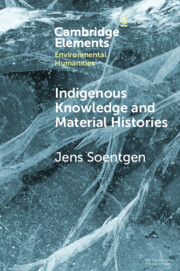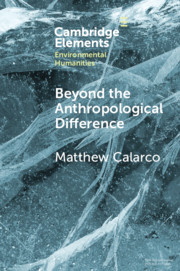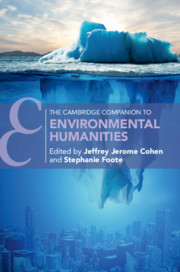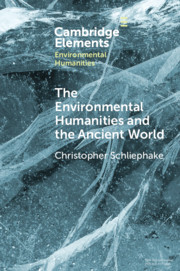Indigenous Knowledge and Material Histories
This Element deals with stories told about substances and ways to analyse them through an Environmental Humanitie's perspective. It then takes up rubber as an example and its many stories. It is shown that the common notions of rubber history, which assume that rubber only became a useful material through a miraculous operation called vulcanization, that is attributed to the US-American Charles Goodyear, are false. In contrast, it is shown that rubber and many important rubber products are inventions of Indigenous peoples of South America, made durable by a process that can be called organic vulcanization. It is with that invention, that the story of rubber starts. Without it, rubber would not exist, neither in the Americas nor elsewhere. Finally, it is shown that Indigenous rubber products also offer some ecological advantages over industrially manufactured ones.
Product details
June 2024Paperback
9781009442725
76 pages
230 × 150 × 5 mm
0.13kg
Available
Table of Contents
- 1. Introduction
- 2. The rhetorical and literary tradition of stories of stuff
- 3. Research on the history of individual materials
- 4. Substances and materials
- 5. Histories
- 6. Rubber
- 7. Rubber histories and the representation of Indigenous peoples of South and Central America
- 8. Indigenous knowledge
- 9. Indigenous rubber products
- 10. Problems of untreated rubber
- 11. The place of Indigenous knowledge in the history of rubber
- 12. Rubber and Rubbish: tire dumps and microrubber.






